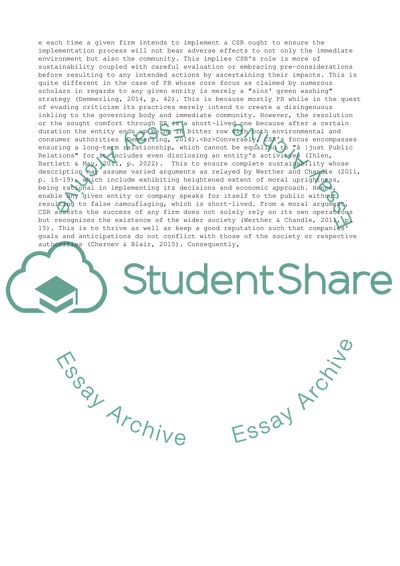Cite this document
(Corporate Social Responsibility Assignment Example | Topics and Well Written Essays - 2000 words - 2, n.d.)
Corporate Social Responsibility Assignment Example | Topics and Well Written Essays - 2000 words - 2. https://studentshare.org/business/1864293-corporate-social-responsibility
Corporate Social Responsibility Assignment Example | Topics and Well Written Essays - 2000 words - 2. https://studentshare.org/business/1864293-corporate-social-responsibility
(Corporate Social Responsibility Assignment Example | Topics and Well Written Essays - 2000 Words - 2)
Corporate Social Responsibility Assignment Example | Topics and Well Written Essays - 2000 Words - 2. https://studentshare.org/business/1864293-corporate-social-responsibility.
Corporate Social Responsibility Assignment Example | Topics and Well Written Essays - 2000 Words - 2. https://studentshare.org/business/1864293-corporate-social-responsibility.
“Corporate Social Responsibility Assignment Example | Topics and Well Written Essays - 2000 Words - 2”. https://studentshare.org/business/1864293-corporate-social-responsibility.


